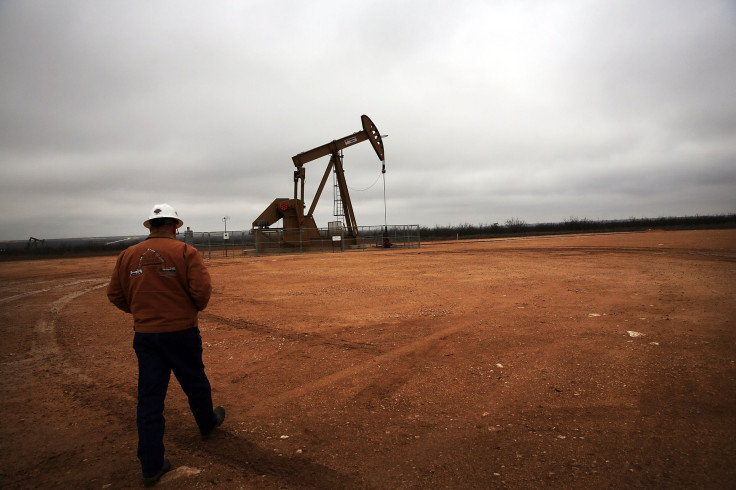COVID-19, Saudi Oil War Have Massive Effects In West Texas Oil Fields

KEY POINTS
- Travel restrictions affect oil consumption
- West Texas shale producers feel under seige
- Saudi Arabia up to old tricks
A crude oil glut coupled with the COVID-19 pandemic that forced business closures and pushed people into their houses paint a desperate picture for independent oil and gas companies in Texas. Faced with a dramatic drop in demand, hundreds of thousands of job losses are expected to be reported in the near future, according to analysts.
US West Texas Intermediate fell as much as 3.5% to $21.63 per barrel Tuesday, declining for the third day in a row. International benchmark Brent crude slid about 1% to $31.18 per barrel. Average U.S. gasoline prices were $1.86 a gallon on Monday, down nearly $1 from a year ago, according to the AAA.
The sharp drop in oil consumption overshadowed OPEC's historic production cuts. Over the weekend, the group agreed to slash production by 9.7 million barrels per day, the largest-ever coordinated output cut.
President Donald Trump pressed both Russia and Saudi Arabia to end their month-long price war and lower crude shipments. Politico writer Zac Colman described this as a politically risky move that will contribute to higher prices at the gas pump just months ahead of the presidential election. The U.S. shale oil sector cut payrolls and is begging for relief from the weakest oil prices in nearly 20 years.
Overproducing to crash oil prices and bankrupt other producers is a typical Saudi reaction, according to financial writer Simon Watkins. Crown Prince Mohammed bin Salman attempted something similar between 2014 and 2016. His strategy failed when his country entered into a costly war in neighbouring Yeman. Saudi Arabia needed brent crude to sell at $84 per barrel to breakeven. Oil demand was around 100 million barrels per day (bpd). It settled at closer to $50 per barrel.
In the meantime, U.S. shale producers were able to make money above the $40 per barrel level, as was Russia, which has a budget breakeven price of $40.
More than 90% of U.S. shale producers are small, independent operators. They are not members of the OPEC/OPEC+ production quotas so shale producers could fill the output gaps, according to Watkins.
"Here in West Texas we are fighting two wars at once. One is with the Saudis flooding the market to punish producers in the state, the other with COVID virus," Kirk Edwards, president and owner of Latigo Petroleum told NPR.
Edwards says the Saudis have used the pandemic as an opportunity to damage their rival.
"They definitely came after Texas. Saudi leased 40 supertankers, filled them full of oil, caused the price of supertankers to go from $40,000 a day to over $200,000 per day, just to load them up and bring them to the Texas Gulf Coast and flood the market. We need some help from the administration to help defend this industry. It's getting dismantled in one month."
OPEC+ countries agreed to remove 9.7 million bpd of oil from the market, OPEC said in a press release Sunday, with the cuts beginning in May. From 9.7 million bpd in May-June, the output will decline to 7.7 million bpd for July-December, and then further to 5.8 million bpd until the end of April 2022.
James West,a researcher at Evercore ISI, told NPR the Russia-Saudi Arabia agreement will give the market a bump. "I think it certainly a constructive agreement. Although what OPEC and OPEC+ are trying to achieve is unlikely to arrest the dramatic loss of demand that the economy is seeing right now. It's a good effort, it's not enough."
© Copyright IBTimes 2025. All rights reserved.




















